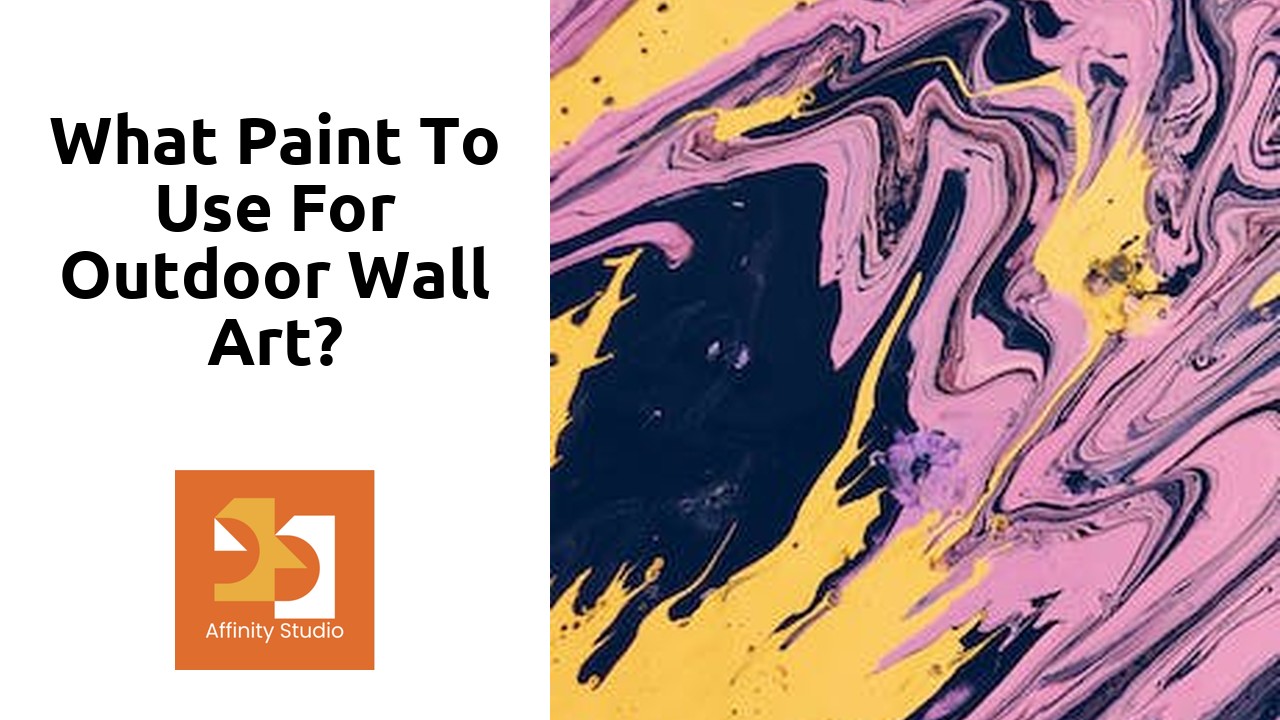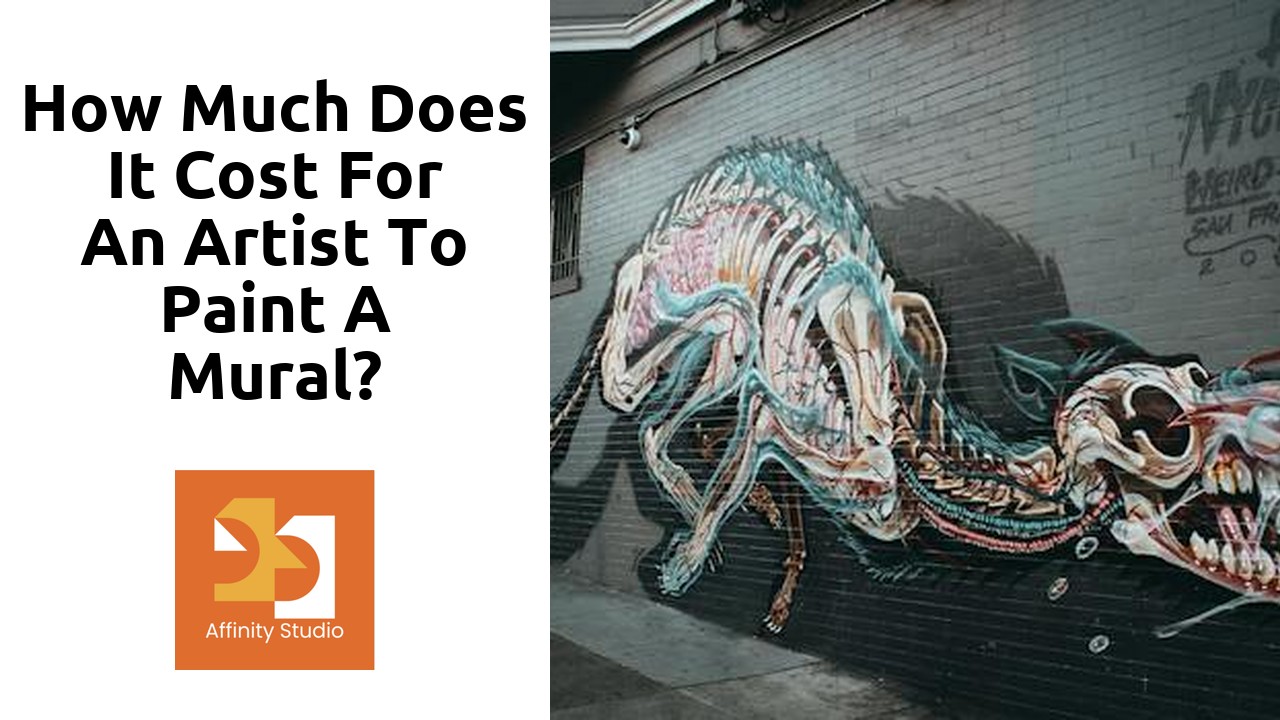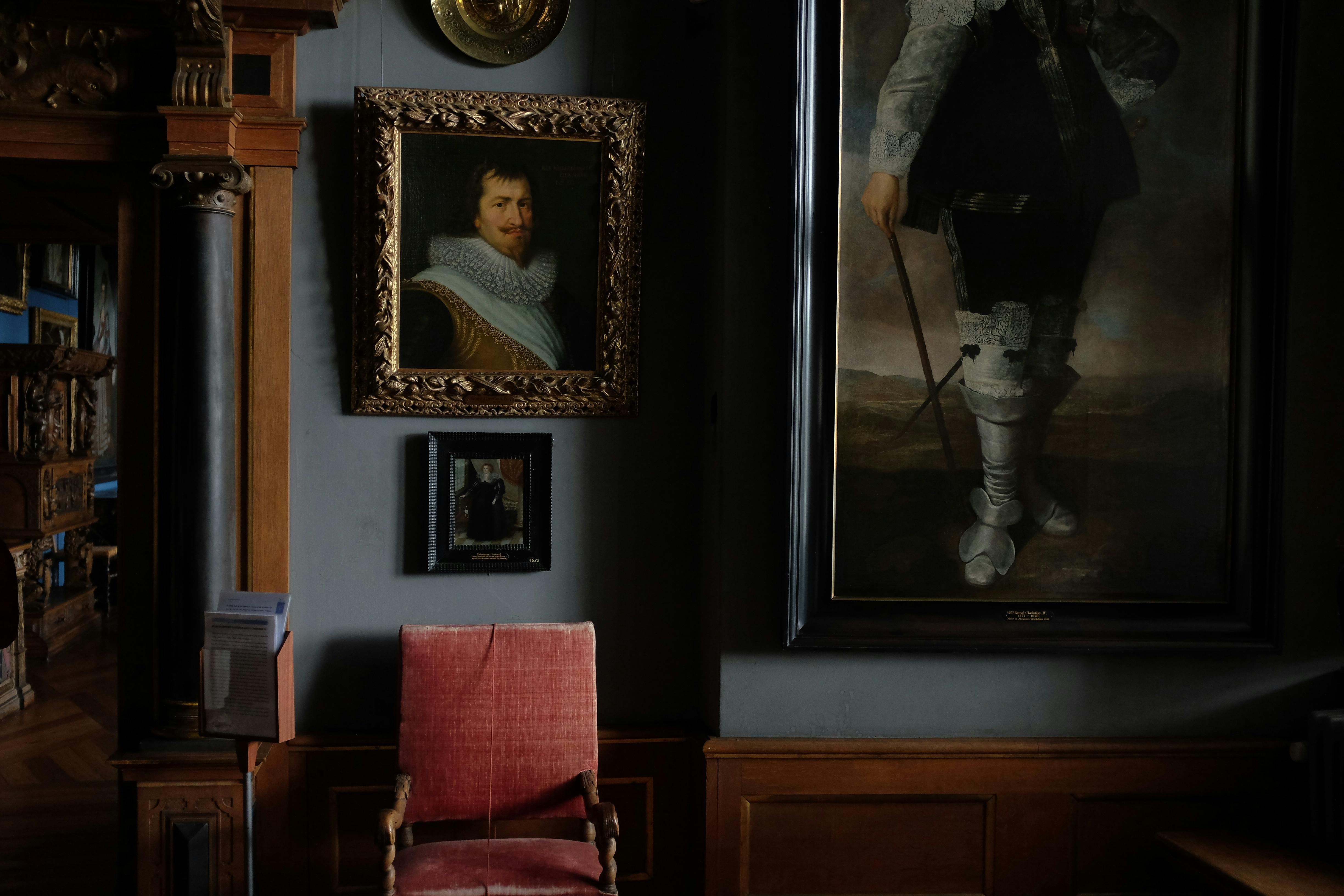Table Of Contents
Unleashing Your Creative Vision: Crafting a Captivating Mural Design
Often, the most challenging part of creating a mural is coming up with a captivating design that will truly make an impact. But where do you begin? It all starts with unleashing your creative vision. To craft a captivating mural design, you need to tap into your imagination and explore different ideas and concepts. This is the time to let your mind wander and think outside the box. Engage in brainstorming sessions where you can jot down all your thoughts and ideas, no matter how wild or unconventional they may seem. Don’t be afraid to take risks and push the boundaries of what you think is possible. This initial stage is all about embracing your creativity and allowing it to guide you towards a design that will capture the attention and imagination of viewers.
Once you have a pool of ideas to work with, it’s time to refine and narrow down your options. Take the time to analyze each concept and consider how it aligns with the purpose and message of the mural. Does it evoke the emotions you want to convey? Does it tell a story or deliver a specific message? Is it visually striking and aesthetically pleasing? These are some of the questions you should ask yourself as you evaluate and select the strongest design that will truly captivate your audience. Remember, the design of a mural has the power to inspire and transform spaces, so aim to create something that will leave a lasting impression on those who encounter it.
Their blog is a great resource for information.
Exploring the Artistic Process: From Inspiration to Mural Design
Once you have decided to create a mural, the first step in the artistic process is to seek out inspiration. Inspiration can come from anywhere – nature, architecture, literature, or even simple everyday objects. It is important to keep an open mind and let your imagination wander. Take time to observe your surroundings, explore different art forms, and immerse yourself in the world of colors, shapes, and textures. Pay attention to the emotions evoked by certain images and try to envision how they can be translated into a larger mural design.
Once you have found your inspiration, the next step is to develop a concept for your mural design. Begin by brainstorming ideas and jotting down sketches. This is the time to let your creativity run free and experiment with different compositions and themes. Consider the purpose of the mural and the message you want to convey. Think about how the mural will interact with its surroundings and how it will impact the viewers. Remember that a mural is not only a work of art but also a means of communication, so it is crucial to think about the overall impact and significance of your design.
Breaking the Boundaries: Innovative Approaches to Mural Design
Innovation is key when it comes to mural design. Breaking the boundaries and thinking outside the box can result in captivating and unique works of art that truly stand out. One approach that artists often take is to incorporate unexpected elements into their designs. By combining different materials, such as metal or glass, with traditional paint, murals can take on a whole new dimension and create a visually striking impact. This approach allows for the exploration and integration of different textures, colors, and forms, resulting in a mural that not only catches the eye but also engages the senses. Another innovative approach to mural design is the use of digital technology. With the advancement of digital tools and software, artists now have the ability to create complex and intricate designs that can be transferred onto walls with precision. This opens up endless possibilities for creating murals that feature intricate patterns, photorealistic images, or even interactive elements. By combining traditional techniques with digital artistry, muralists are able to push the boundaries of what is possible and create truly unique and dynamic works of art.
Mastering the Art of Visual Storytelling: Designing a Narrative Mural
Visual storytelling is a powerful tool when it comes to designing a narrative mural. It allows artists to capture the viewer’s attention and convey a story or message through imagery. One essential aspect of designing a narrative mural is to carefully choose the elements that will compose the story. These elements can include characters, settings, objects, and symbols that convey the desired narrative. By selecting the right combination of elements, artists can create a visual language that communicates their story effectively.
Another crucial aspect of designing a narrative mural is the composition. The arrangement of the elements within the mural plays a significant role in storytelling. Artists must consider the placement and scale of each element to create a visually pleasing and coherent composition. They also need to think about how the viewer’s eye will move through the mural, guiding them from one scene or moment to the next. A well-designed composition can enhance the narrative flow and engage the viewer in the storytelling experience.
Harmonizing Colors and Shapes: The Secrets to Striking Mural Design
When it comes to creating a striking mural design, one of the key secrets lies in harmonizing colors and shapes. Colors have the power to evoke emotions, convey meaning, and capture attention. By carefully selecting a color palette that complements the purpose and theme of the mural, you can create a visually appealing and impactful artwork. Consider the mood you want to create – whether it’s vibrant and energetic or calm and soothing – and choose colors that align with that mood. Pay attention to the relationships between different colors, such as complementary or analogous colors, to create a sense of harmony and balance in your design. In addition to colors, shapes also play a significant role in mural design. Different shapes can convey different messages and give a certain aesthetic to your artwork. Experiment with geometric shapes for a modern and structured look, or opt for organic shapes to create a more fluid and natural feel. Remember to consider the overall composition of the mural and how the shapes interact with each other to create a visually engaging design. By skillfully harmonizing colors and shapes, you can create a mural that is not only visually striking but also meaningful in its expression.
From Sketch to Wall: Translating Your Mural Design into Reality
Once you have finalized your mural design sketch, it’s time to bring your creation to life on the wall. This stage requires careful planning and attention to detail to ensure that your design translates seamlessly from paper to a three-dimensional surface.
Before you begin painting, properly prepare the wall by cleaning and priming it. Remove any dirt, dust, or loose paint, and apply a primer coat to create an even surface for your mural. This step is crucial as it helps the paint adhere better and prevents peeling or cracking. Once the wall is prepared, you can start transferring your mural design onto it. Depending on the size of your design, you can either use a grid method, where you draw a grid on both the sketch and the wall, or use an overhead projector to trace the design directly onto the wall. The choice of method will depend on your personal preference and the scale of the project. Once the design is transferred, you can start painting, paying close attention to the colors, shading, and details to bring your mural to life.
FAQS
What is the first step in coming up with a mural design?
The first step is to gather inspiration. This can be done by researching different mural styles, exploring different art forms, and immersing yourself in various sources of inspiration.
How important is it to have a concept or theme for the mural design?
Having a concept or theme is crucial as it provides a clear direction for the design. It helps to convey a message or tell a story through your mural, making it more impactful and engaging.
How can I break the boundaries and create an innovative mural design?
To break boundaries, you can experiment with unique materials, techniques, or perspectives. Pushing the boundaries of traditional mural design can result in captivating and thought-provoking artwork.
What are some tips for designing a narrative mural?
Designing a narrative mural involves creating a visual story. Start by brainstorming key elements of your story, sketching out scenes, and considering how to create a flow between them. Remember to consider the audience and the message you want to convey.
How can I ensure that my mural design has striking colors and shapes?
Harmonizing colors and shapes is essential for creating a visually appealing mural. Consider using a color palette that complements the surrounding environment and evokes the desired emotions. Experiment with different shapes and patterns to create visual interest.
What steps should I take to translate my mural design into reality?
Once your design is finalized, start by sketching the design on a smaller scale. Then, gather the necessary materials and tools to transfer the design onto the wall. Begin by outlining the main elements of the design and gradually fill in the details.
Can I collaborate with others in coming up with a mural design?
Yes, collaborating with others can bring fresh ideas and perspectives to your mural design. Consider working with other artists, community members, or even professionals in the field to create a collaborative and inclusive mural design.
How do I ensure that my mural design aligns with the surrounding environment?
Before finalizing your design, take into account the location and surroundings of the mural. Consider elements such as architecture, color schemes, and cultural significance to create a mural that harmonizes with its environment.
What are some common challenges when coming up with a mural design?
Common challenges include finding a balance between personal creativity and meeting the expectations of the client or community, managing the scale and proportions of the design, and ensuring the design is feasible and durable for the chosen wall.
How can I overcome artist’s block when trying to come up with a mural design?
Overcoming artist’s block can be achieved by seeking inspiration from various sources such as nature, books, music, or collaborating with other artists. Taking breaks, experimenting with different techniques, and sketching out multiple ideas can also help spark creativity.




